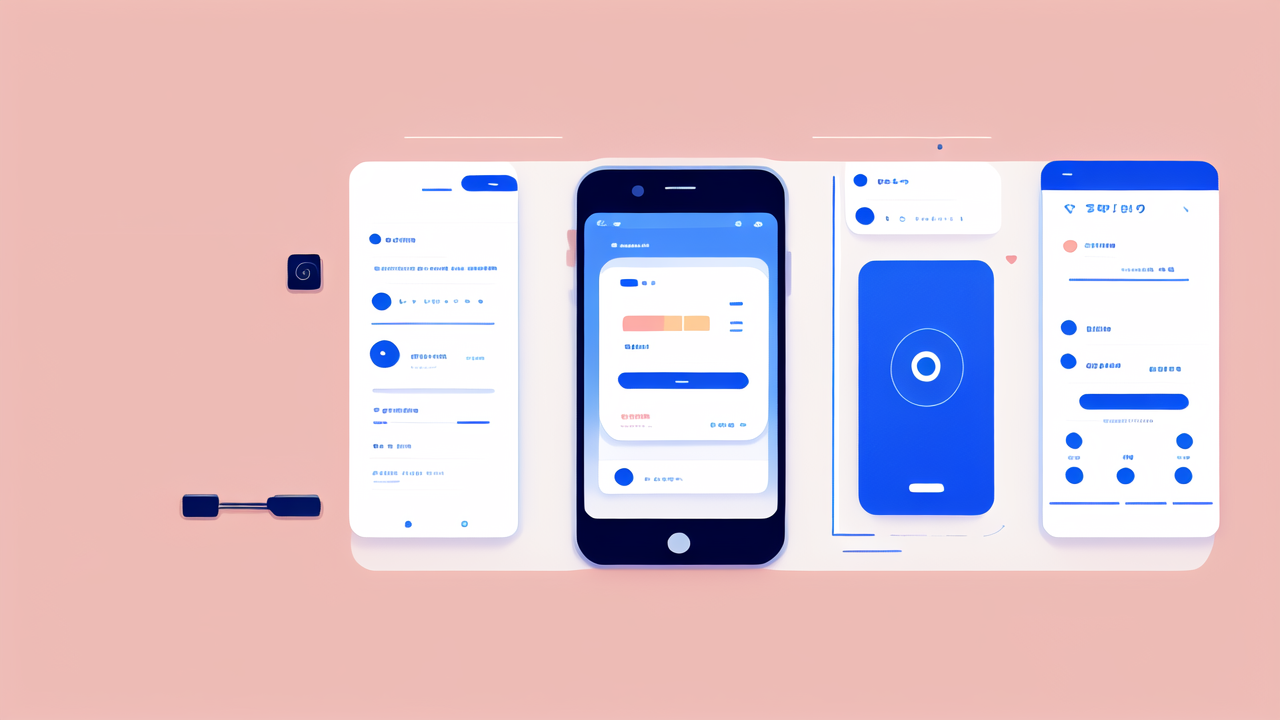The Evolution of Smart Watches: From Gadgets to Health Trackers
Historical Overview of Smart Watches in the United States
Smart watches have come a long way in the USA. They started as simple gadgets that told time. Now, they're powerful health tools. The first smart watches appeared in the early 2000s. They were bulky and had limited features.

As tech improved, so did smart watches. By 2010, they could connect to phones. This opened up new possibilities. Users could now get notifications on their wrists. The real boom came in 2015 with the Apple Watch. It set a new standard for smart watches.
Since then, smart watches have become more advanced. They now offer features like:
- Heart rate monitoring
- GPS tracking
- Sleep analysis
- Stress management
Americans have embraced these devices. They see them as tools for better health and fitness.
How Smart Watches Are Becoming Personal Health Devices
Smart watches are no longer just for tech lovers. They're now essential health tools for many Americans. These devices can track vital signs 24/7. This constant monitoring helps users stay on top of their health.
Many smart watches can detect irregular heart rhythms. Some can even take ECG readings. This feature has saved lives by alerting users to potential heart issues. Sleep tracking is another popular health feature. It helps users improve their sleep habits.
Fitness tracking has also evolved. Smart watches can now:
- Count steps
- Monitor workouts
- Track calories burned
- Measure oxygen levels during exercise
These features motivate users to stay active. They provide real-time feedback on fitness goals. For health-conscious Americans, smart watches are like having a personal health coach on their wrist.
Advancements in Smart Watch Technology and User Interface
Smart watch technology is always improving. Newer models have better screens and longer battery life. They're also more comfortable to wear. This makes it easier for users to keep them on all day and night.
User interfaces have become more intuitive. Touch screens are more responsive. Voice commands allow hands-free control. This is great for users who are exercising or have their hands full.
Many smart watches now have:
- Always-on displays
- Water resistance for swimming
- Fall detection for older users
- Stress management features
These advances make smart watches more useful in daily life. They're no longer just accessories. They're valuable tools for managing health and staying connected.
Key Features of Top-Selling Smart Watches in the US Market
Health Monitoring and Wellness Features
Top-selling smart watches in the USA focus on health monitoring. These devices offer a range of features to track physical well-being. Heart rate monitoring is standard across most models. It helps users keep an eye on their cardiovascular health.

Many smart watches now include:
- Blood oxygen level monitoring
- Stress tracking and management tools
- Menstrual cycle tracking for women
- Temperature sensors for fever detection
Sleep tracking has become more advanced. It can now detect different sleep stages. This helps users understand their sleep patterns better. Some watches even offer tips to improve sleep quality.
ECG (electrocardiogram) features are available in high-end models. These can detect signs of atrial fibrillation. It's a serious heart condition that often goes unnoticed. For many Americans, this feature adds peace of mind.
Lifestyle and Fitness Enhancements of Smart Watches
Smart watches are not just about health. They also enhance users' lifestyles and fitness routines. Fitness tracking is a core feature. It includes step counting, calorie tracking, and workout monitoring.
Many smart watches offer:
- GPS for accurate outdoor activity tracking
- Automatic workout detection
- Personalized coaching and workout suggestions
- Competition features to challenge friends
These features motivate users to stay active. They make fitness more engaging and fun. Some watches can even track unusual activities like swimming and rock climbing.
Beyond fitness, smart watches offer lifestyle enhancements. They can:
- Make contactless payments
- Control smart home devices
- Play music without a phone
- Provide navigation
These features make daily tasks easier. They help users stay connected and organized throughout the day.
Integration with Popular Health and Fitness Apps
Smart watches in the USA integrate well with popular apps. This expands their usefulness. Many watches work with apps like:
- MyFitnessPal for diet tracking
- Strava for running and cycling
- Calm for meditation and stress relief
- Apple Health or Google Fit for overall health management
This integration allows for a more complete health picture. Users can combine data from different sources. This helps them make better health decisions.
Some smart watches also connect with healthcare providers. They can share data directly with doctors. This is useful for managing chronic conditions. It allows for more personalized care.
App integration makes smart watches more versatile. It lets users customize their health and fitness experience. This is a big selling point for health-conscious Americans.
Expert Recommendations for Americans Seeking Smart Watches
Understanding Your Health and Fitness Goals with Smart Watches
Experts say it's crucial to define your health goals before buying a smart watch. Think about what you want to achieve. Are you looking to:

- Lose weight?
- Improve your sleep?
- Manage stress better?
- Monitor a specific health condition?
Your goals will guide your choice. For example, if sleep is your focus, look for watches with advanced sleep tracking. If you're an athlete, prioritize watches with detailed fitness metrics.
Consider your lifestyle too. Are you always on the go? Look for watches with long battery life. Do you swim often? Water resistance is key. By matching the watch to your goals and lifestyle, you'll get more value from it.
Experts also recommend starting with basic features. As you get used to the watch, you can explore more advanced options. This approach helps you avoid feeling overwhelmed by too much data at once.
Comparing Top-Rated Smart Watches for Health Management
When comparing smart watches, experts suggest looking at several factors. Battery life is crucial. Some watches last days, while others need daily charging. Think about how often you're willing to charge your device.
Accuracy is another key factor. Look for watches that have been tested for precision. This is especially important for health metrics like heart rate and sleep tracking.
Here are some top picks from experts:
- Apple Watch Series 7: Best overall health features
- Fitbit Sense: Great for stress management and sleep tracking
- Garmin Fenix 6 Pro: Excellent for serious athletes
- Samsung Galaxy Watch 4: Good all-rounder with ECG feature
Consider the ecosystem too. If you have an iPhone, an Apple Watch might integrate better. Android users might prefer watches that work well with Google services.
Price is also a factor. Smart watches range from budget-friendly to high-end. Decide how much you're willing to spend. Often, mid-range options offer a good balance of features and cost.
Future Outlook: Trends in Smart Watch Technology and User Experience
Experts predict exciting developments in smart watch technology. We can expect to see:
- More advanced health sensors
- Longer battery life
- Improved AI for personalized health insights
- Better integration with telehealth services
Non-invasive blood sugar monitoring is a highly anticipated feature. This could be game-changing for diabetics. Mental health tracking is another area of focus. Future watches might better detect stress and mood changes.
User experience will likely improve too. Expect more intuitive interfaces and personalized displays. Voice control and gesture recognition might become more common. This will make smart watches even easier to use.
Experts also predict more focus on privacy and data security. As watches collect more health data, protecting this information will be crucial. Users will want more control over their data.
The future of smart watches looks bright. They're set to become even more integral to our health management. For health-conscious Americans, smart watches will continue to be valuable tools for years to come.




Leave a comment
This site is protected by hCaptcha and the hCaptcha Privacy Policy and Terms of Service apply.